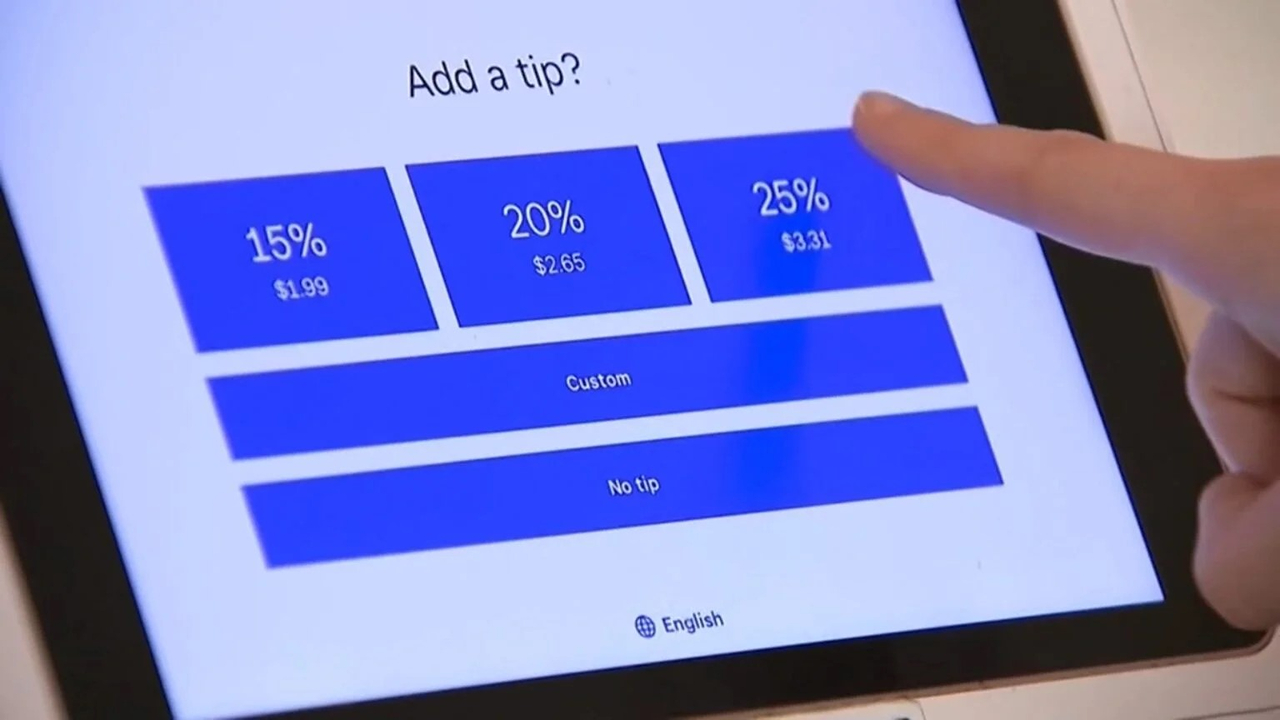content body
Providing gratuity for a service — especially for an experience that goes above and beyond expectations in a full-service restaurant — is something consumers are more than accustomed to doing in the United States. But what are consumers’ feelings and emotions toward unavoidable tipping requests in more non-traditional settings such as counter service, drive-thru service, quick-service restaurants, non-commercial foodservice or self-service businesses, where business models focus on operational efficiency, minimal service involvement and employees who earn hourly wages that don’t rely on tips?
This is what Dr. Demi Deng, assistant professor in the Horst Schulze School of Hospitality Management at Auburn University’s College of Human Sciences, along with co-authors Ruiying Cai, an assistant professor at Washington State University, and Lu Lu, an associate professor at Temple University, explored in a recent study published in the International Journal of Hospitality Management.
“Most people are not happy or satisfied about the current unspoken and demanding tipping expectations in those nontraditional tipping scenarios and I think the motives for people tipping have shifted a bit.”
“Most people are not happy or satisfied about the current unspoken and demanding tipping expectations in those nontraditional tipping scenarios and I think the motives for people tipping have shifted a bit,” said Deng. “We definitely want to treasure the traditions of paying tips for good service, but as time changes, this kind of tradition may need to be re-evaluated in those emerging tipping circumstances along with the motives behind why we tip.”
The curiosity to explore tipping culture and tipflation in the emerging contexts started two years ago when Deng attended an international hospitality conference and recalled a puzzling experience while attempting to order a coffee.
“While ordering, the employee asked me to pay in advance before I had received my coffee, and without moving, the employee printed out the bill suggesting a tip,” said Deng. “I was so confused. As a foreigner, I understand that tipping is meant to show generosity and/or reward for an enhanced service, but in this case, I wasn’t sure what I was tipping for. I hadn’t received the coffee yet, so I could not evaluate the food quality and actual experience, and it was almost a feeling of being forced to tip. That’s when I realized that the long-standing practice of tipping request is not being used properly.”

Prior to her research and teaching experience at Auburn, Deng worked as a food and beverage manager across several countries, including New Zealand and China.
While relaying the story to other colleagues at the conference, Deng realized she was not alone. In different scenarios and similar situations others began telling their negative experiences with tipping expectations and tipflation.
“People are being asked to tip more and now in more scenarios. For instance, over the past three years, some counter-service businesses have implemented automatic tipping prompts as high as 25% or more, and a 20% tip is considered a standard option, and this overuse of tipping requests has triggered more and more negative emotions and impacted how customers evaluate service,” said Deng. “However, we (as customers) have been so used to being asked for tips that we no longer question whether the practice is truly fair, legitimate or even ethical. I understand the benefit of tipping requests from the operational side, but it is also important to consider whether this practice will benefit the consumers. After all, maintaining a successful long-term business depends on more than just chasing immediate gains or exploiting customers’ kindness.”
Prior to her research and teaching experience at Auburn, Deng worked as a food and beverage manager across several countries, including New Zealand and China. Her experience spans roles at various luxury hotels and wineries, along with credentials as a certified barista, sommelier and beverage specialist. Using her knowledgeable international background, the whole basis of her recent study was to understand the customers’ true feelings and perceptions of digital tipping requests shaped by various real-world factors among the shifting dynamics of tipping culture. The ultimate goal is to encourage business owners to refine their business models and reconsider their current cost structure to ensure long-term sustainability and help mitigate negative consumer backlash.
Taking into account the advancement of digital tipping prompts and point of sale services, the shifting tipping culture following the COVID-19 pandemic and other factors, Deng and her co-authors conducted two experimental studies by manipulating critical factors that may shape reactions to tipping (e.g., the presence of employee during payment, the visible effort of service, and the display stage of tipping request). They wanted to understand how consumers really feel and think about the rising tipping context while hypothetically visiting a coffee shop.
While both studies revolved around the scenario of ordering a cup of coffee at a coffee shop, Study One measured 320 participants’ responses to questions such as whether the presence of employees during payment affected their feelings and perceptions about tipping. Study Two included 414 participants and measured reactions to tipping as related to factors such as asking for tips at pre-service versus post-service and the presence versus absence of visible service effort.
The results from both studies revealed many negative emotional responses to tipping from consumers.
“What we found out is that customers react to this whole prompt of digital tipping very negatively,” said Deng. “They bring up a lot of negative emotions, and then those kinds of emotions will lead them to have very negative feedback regarding the tipping deservingness and decision making. One thing that is very interesting is we didn't find any significant influence of the employee being present during the payment. Additionally, when we ask about tipping deservingness, people actually accepted the situation where they have been asked for a tip before the service, hoping such gesture will lead to a good product or experience. However, they were not ultimately satisfied with their decisions, particularly when there was no visible service effort. It appears that they paid to have hope for a good product or experience — influenced by the prevailing tipping norms — but they are not truly in favor of the current tipping practices. These findings urge the business owners to rethink the long-term implications of tipping practices in the emerging environments.”
Looking toward the future, Deng and her co-authors aim to explore tipflation and consumers attitudes toward the phenomenon outside of the U.S.
“In the future, the plan is to explore how people outside the U.S. think about the whole phenomenon and tipflation in the U.S.,” said Deng. “Additionally, it would be interesting to explore and understand how U.S. residents respond to different tipping cultures when traveling aboard.”
To read the entire published study, click below.
TIPPING STUDY




